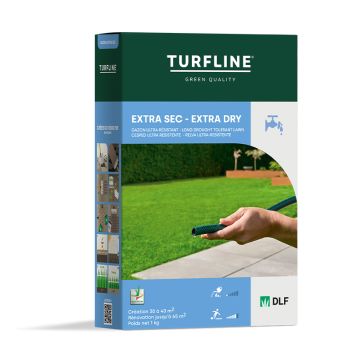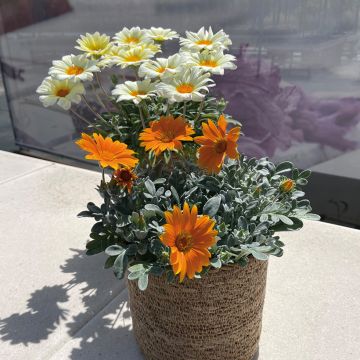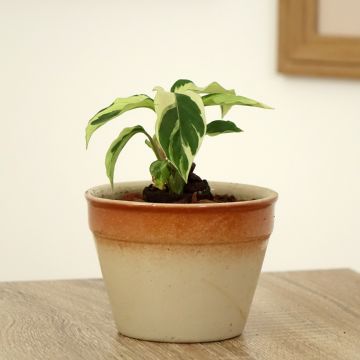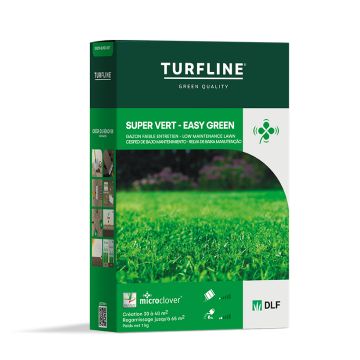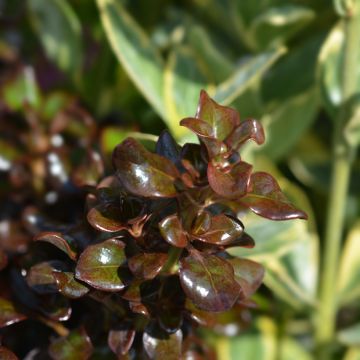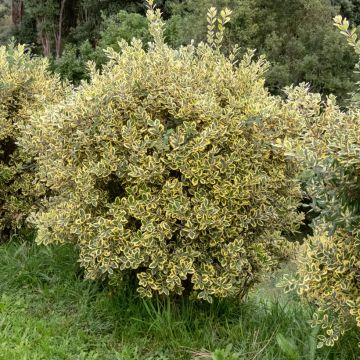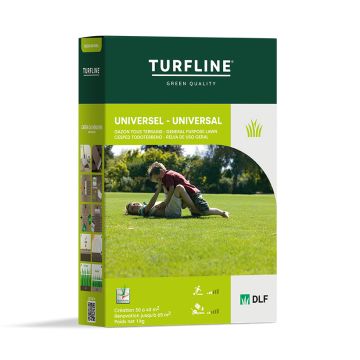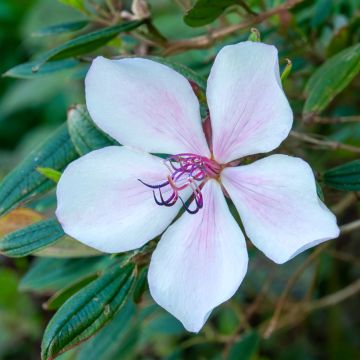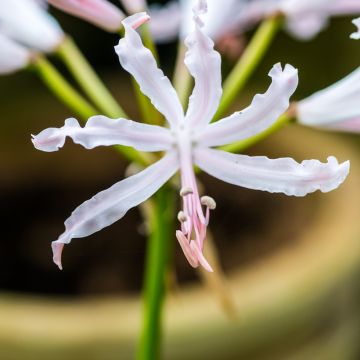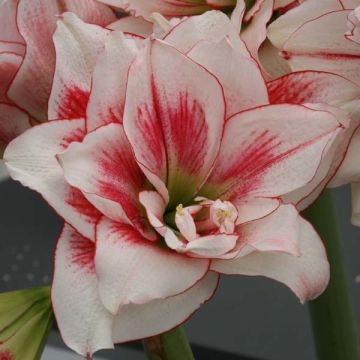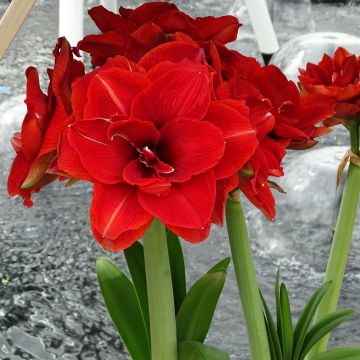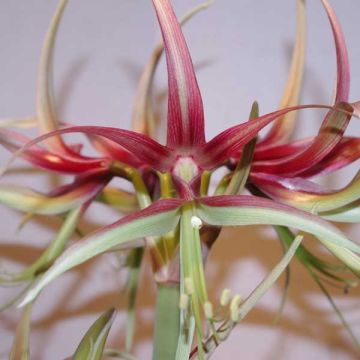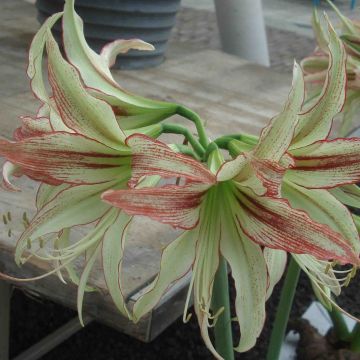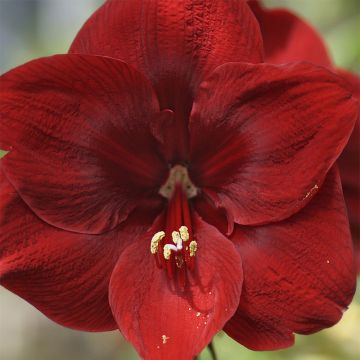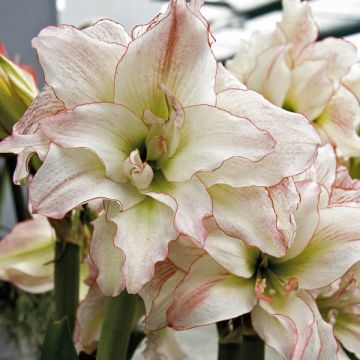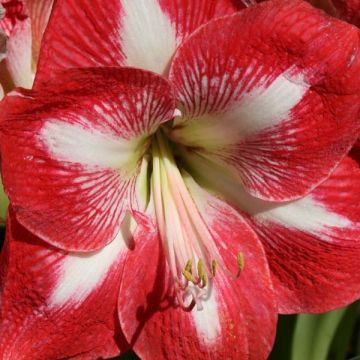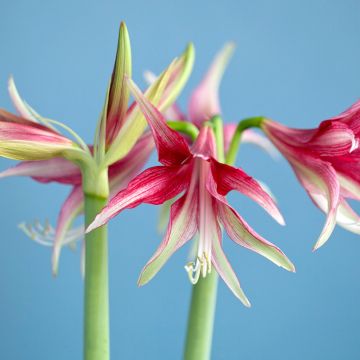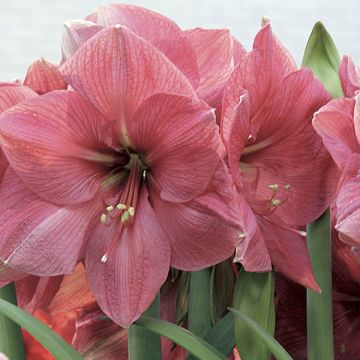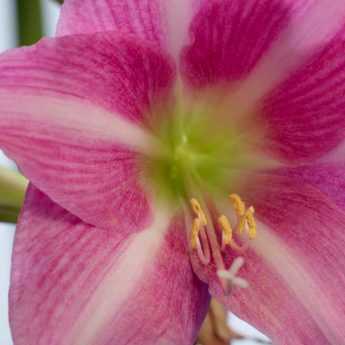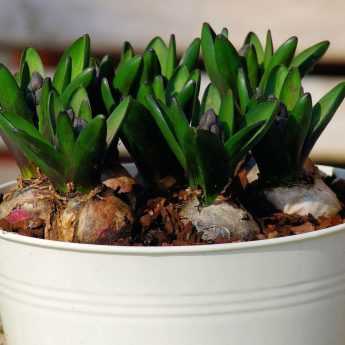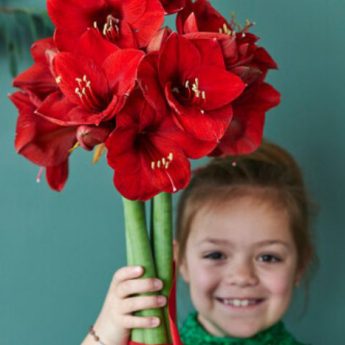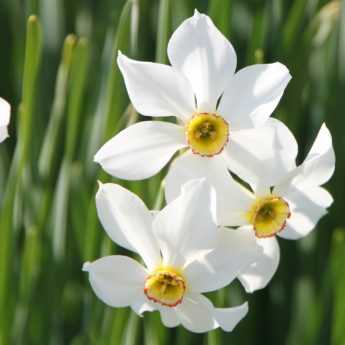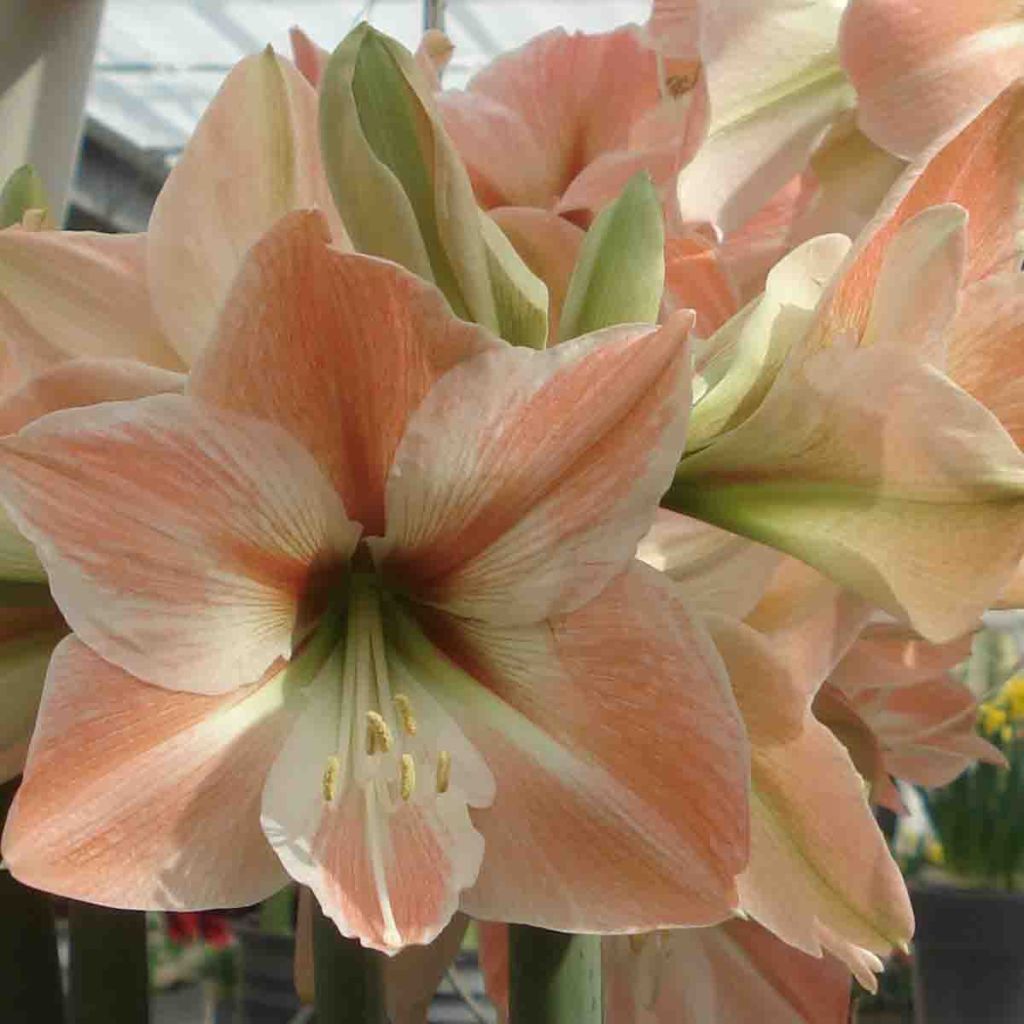

Amaryllis Apricot Parfait - Hippeastrum
Hippeastrum Apricot Parfait - Amaryllis
Hippeastrum Apricot Parfait
Amaryllis, Knight's-star-lily
Why not try an alternative variety in stock?
View all →This plant carries a 6 months recovery warranty
More information
We guarantee the quality of our plants for a full growing cycle, and will replace at our expense any plant that fails to recover under normal climatic and planting conditions.
From €7.90 for pickup delivery and €6.90 for home delivery
Express home delivery from €8.90.
Does this plant fit my garden?
Set up your Plantfit profile →
Description
Hippeastrum 'Apricot Parfait', also known as amaryllis, is a bulbous plant intended for indoor cultivation that offers beautiful apricot-pink flowers delicately striated with white.
Belonging to the Amaryllidaceae family and originating from the tropical and subtropical regions of Central and South America, hippeastrum is not at all hardy. Its cultivation outdoors is not possible in our climate. Fortunately, we can enjoy it in the warmth of our homes (or in a heated conservatory), while the garden is still asleep.
Amaryllis has a large bulb. Its large and elegant flowers are similar to lilies. They are generally grouped in fours at the top of a strong main stem, 30 to 50cm (12 to 20in) high and adorned with long green leaves, in narrow strips.
Its flowering occurs from December to April, 6 to 8 weeks after planting. Flowering depends on the temperature of the room in which the amaryllis is installed. Keep it in a well-lit place. For accelerated blooming, keep the pot in a well-heated room. To slow the flowering down, place it in a cooler room, around 10°C (50°F).
The Latin name "Amaryllis" was the subject of heated discussions among botanists: originally, this name referred to another plant, similar in appearance and native to South Africa: Amaryllis belladonna. When Carl von Linne used this name to refer to it, as well as to Hippeastrum (are you still following?), there was an outcry and the battle raged on until 1987 when the botanists decided: the Latin name Amaryllis is retained for the African species Belladonna but should no longer be used as the Latin name for Hippeastrum.
Hippeastrum Apricot Parfait - Amaryllis in pictures
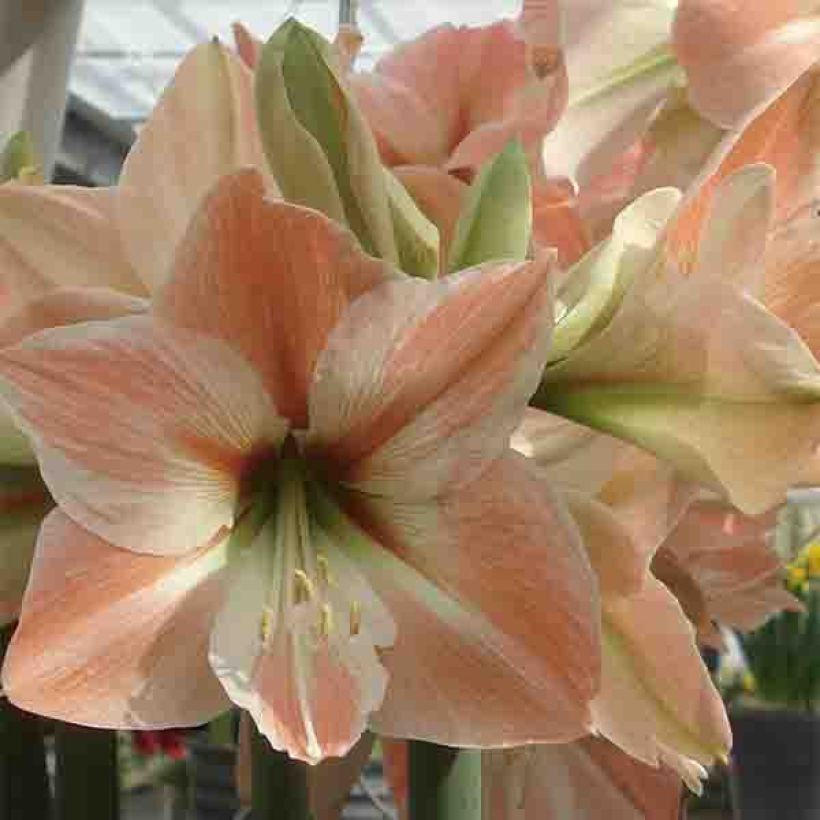

Plant habit
Flowering
Foliage
Botanical data
Hippeastrum
Apricot Parfait
Amaryllidaceae
Amaryllis, Knight's-star-lily
Cultivar or hybrid
Other Hippeastrum - Amaryllis
View all →Planting and care
You can plant amaryllis bulbs from October to the end of April. Choose a pot that is not too big (one or two cm larger than the size of the bulb). Place a layer of drainage at the bottom for proper water flow. Mix half potting soil, half garden soil. Only bury the bulb halfway. Place the pot in a warm and bright location. Water sparingly until the stem appears. Then water daily. Your bulbs will flower 6 to 8 weeks later. If you choose multiple bulbs, plant them with a two-week interval to enjoy their beauty throughout winter.
After flowering, remove the faded flowers and let the leaves continue to grow. Continue to water regularly and give them indoor plant fertiliser every 15 days. This is when the bulb replenishes itself to prepare for next year's flowers. After 4 to 6 months, forget about your potted plants, and let them rest for about 3 months in a sheltered location. You can then trim the faded leaves, repot them in fresh soil, and start a new growing cycle.
Planting period
Intended location
Care
Planting & care advice
This item has not been reviewed yet - be the first to leave a review about it.
Haven't found what you were looking for?
Hardiness is the lowest winter temperature a plant can endure without suffering serious damage or even dying. However, hardiness is affected by location (a sheltered area, such as a patio), protection (winter cover) and soil type (hardiness is improved by well-drained soil).

Photo Sharing Terms & Conditions
In order to encourage gardeners to interact and share their experiences, Promesse de fleurs offers various media enabling content to be uploaded onto its Site - in particular via the ‘Photo sharing’ module.
The User agrees to refrain from:
- Posting any content that is illegal, prejudicial, insulting, racist, inciteful to hatred, revisionist, contrary to public decency, that infringes on privacy or on the privacy rights of third parties, in particular the publicity rights of persons and goods, intellectual property rights, or the right to privacy.
- Submitting content on behalf of a third party;
- Impersonate the identity of a third party and/or publish any personal information about a third party;
In general, the User undertakes to refrain from any unethical behaviour.
All Content (in particular text, comments, files, images, photos, videos, creative works, etc.), which may be subject to property or intellectual property rights, image or other private rights, shall remain the property of the User, subject to the limited rights granted by the terms of the licence granted by Promesse de fleurs as stated below. Users are at liberty to publish or not to publish such Content on the Site, notably via the ‘Photo Sharing’ facility, and accept that this Content shall be made public and freely accessible, notably on the Internet.
Users further acknowledge, undertake to have ,and guarantee that they hold all necessary rights and permissions to publish such material on the Site, in particular with regard to the legislation in force pertaining to any privacy, property, intellectual property, image, or contractual rights, or rights of any other nature. By publishing such Content on the Site, Users acknowledge accepting full liability as publishers of the Content within the meaning of the law, and grant Promesse de fleurs, free of charge, an inclusive, worldwide licence for the said Content for the entire duration of its publication, including all reproduction, representation, up/downloading, displaying, performing, transmission, and storage rights.
Users also grant permission for their name to be linked to the Content and accept that this link may not always be made available.
By engaging in posting material, Users consent to their Content becoming automatically accessible on the Internet, in particular on other sites and/or blogs and/or web pages of the Promesse de fleurs site, including in particular social pages and the Promesse de fleurs catalogue.
Users may secure the removal of entrusted content free of charge by issuing a simple request via our contact form.

































